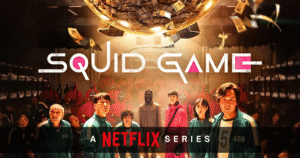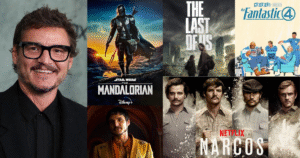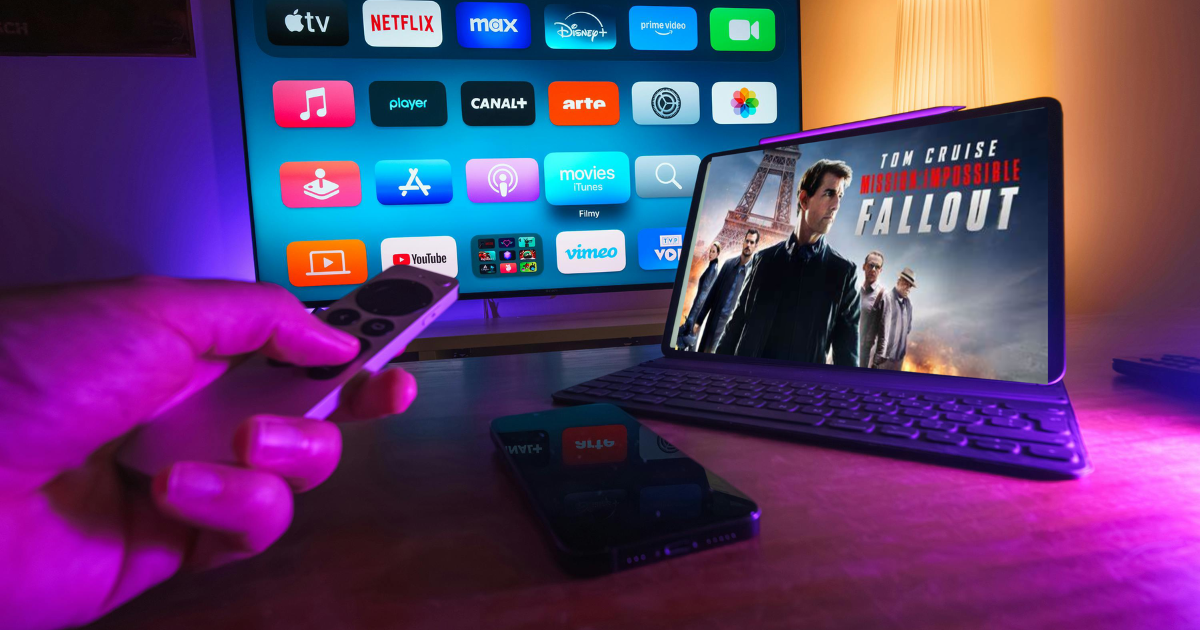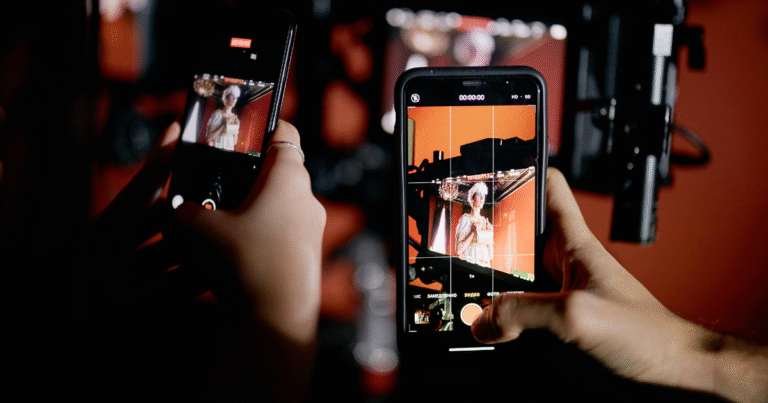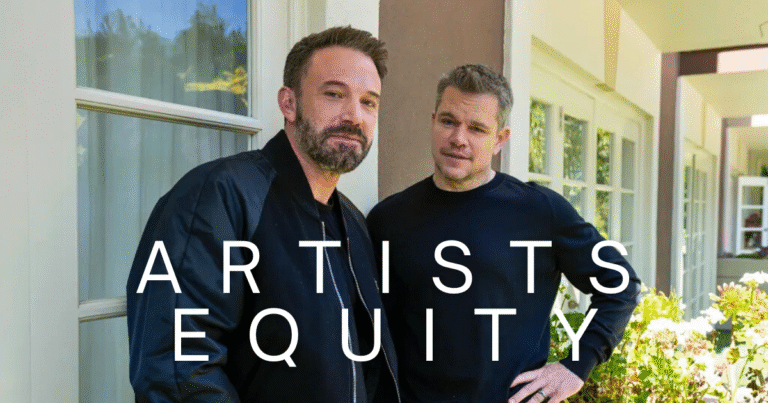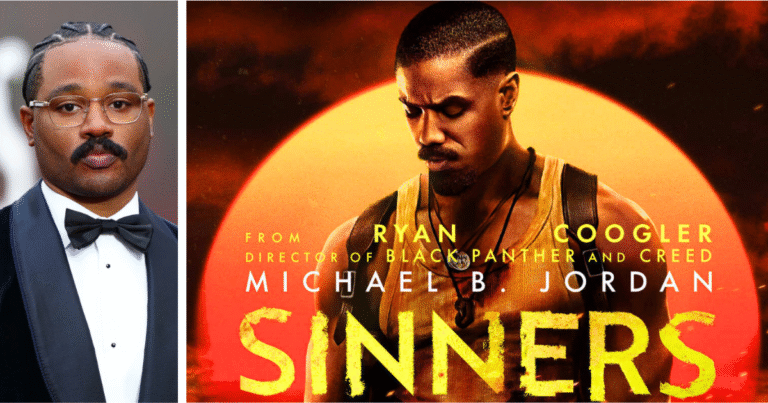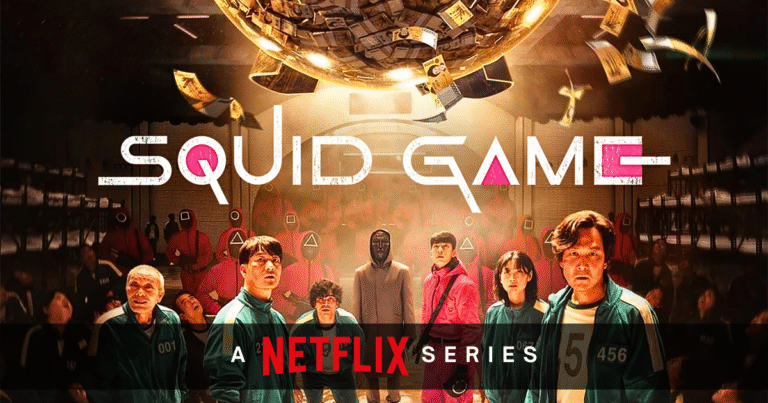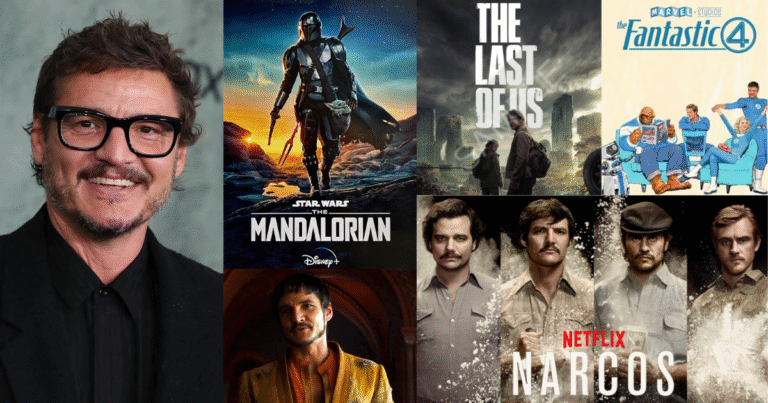Not long ago, watching a new movie meant going to a theater. For filmmakers, it meant finding a distributor, waiting for a release date, and hoping audiences showed up. But in just over a decade, streaming services like Netflix, Amazon Prime Video, Disney+, and others have completely changed the game.
Today, people can watch movies anytime, anywhere, on their phones, TVs, or laptops. Behind the scenes, filmmakers and studios have also had to shift how they think about storytelling, production, and distribution. In this article, we’ll explore how streaming services have reshaped the film industry from the ground up, using simple words and real examples.
A New Era of Movie Watching
Let’s start with the most visible change: how we watch movies.
Before streaming, you had to wait months to watch a movie after its theatrical release. Now, many movies skip theaters completely or release online at the same time. For viewers, this is convenient and often cheaper. You don’t have to buy expensive tickets or snacks. You can pause, rewind, or rewatch. For families, it’s a blessing.
Streaming services also give people more choice. You can watch a blockbuster or a quiet indie film. You can explore movies from Korea, France, India, or Brazil, all from your couch. This global access was never so easy before.
Faster, Cheaper, and Smarter Productions
Streaming has also changed how films are made. In the past, studios focused on big-budget movies that could fill theaters. These films were expensive and took years to produce. With streaming, things are different.
Now, many films are made faster, with tighter budgets and smaller crews. Directors can try fresh ideas and new formats. Even a small film can find a large audience online. It doesn’t have to “win” at the box office, it just has to connect with people.
For example, movies like Roma (Netflix), Sound of Metal (Amazon Prime), and The Irishman (Netflix) were made with streaming audiences in mind. They were released online, received awards, and reached millions globally.
Giving Voice to New Stories
One of the best things about streaming platforms is how they open doors to new kinds of stories. Traditional studios often play it safe. They make sequels or superhero films because they are more likely to succeed at the box office.
But streaming platforms take more risks. They support diverse stories, about different cultures, communities, and experiences. They fund films from new directors, women filmmakers, and underrepresented voices.
For example, Beasts of No Nation put African war stories in the global spotlight. The White Tiger, Marriage Story, and Minari reached global audiences thanks to streaming.
Streaming platforms are not only entertainment businesses, they’re also global storytellers.
The Rise of Data-Driven Filmmaking
Streaming platforms collect a lot of data, what people watch, when they stop watching, and what genres they prefer. This helps them make smarter decisions about what kind of films to produce next.
It’s not just a guess anymore. It’s based on real viewing habits.
For example, if millions watch true-crime documentaries or teen dramas, the platform will make more of those. That’s how Stranger Things, Bird Box, and The Kissing Booth got sequels and spin-offs.
This data-driven approach has changed the creative process. Writers and producers now think about global appeal, pacing, and genre in a more calculated way.
The Theater vs. Streaming Debate
Of course, not everyone is happy about these changes. Big directors like Christopher Nolan and Denis Villeneuve have spoken against releasing films directly on streaming platforms. They believe the theater experience is important, the large screen, sound, and shared energy with an audience can’t be replaced.
They’re not wrong. Watching Dune or Oppenheimer in a theater is a different experience than watching it on your phone.
However, streaming has made movies more accessible. During the COVID-19 lockdowns, theaters were closed, and streaming kept the film industry alive. It helped filmmakers reach audiences who were stuck at home.
Now, many studios are trying to balance both. Some films release in theaters first, then arrive on streaming after a few weeks. Others release on both platforms at the same time.
Big Opportunities for Independent Filmmakers
If you’re a new filmmaker, this is an exciting time. You don’t need a big studio or a theatrical release to be seen. If your film is good, a streaming platform might buy it. Or you can upload it to YouTube, Vimeo, or other free platforms and build an audience.
Festivals like Sundance and Toronto are now closely watched by streaming platforms looking for the next breakout hit. Films like CODA, Palm Springs, and The Forty-Year-Old Version were bought by platforms and found great success.
Streaming is giving power back to the creator.
Challenges and Concerns
Still, streaming is not perfect. Because platforms rely on algorithms and data, many creative decisions now depend on trends, not just vision. Sometimes, unique films are passed over in favor of “what’s hot.”
Also, with so many options online, it’s hard for a single film to stand out. Without a strong marketing push, even great films can get lost in the crowd.
And while platforms invest in new content, they also cancel shows or films quickly if they don’t perform well. That can be tough on creators and fans.
What’s Next?
The future of film is going to be a mix. Theaters will stay, especially for big blockbusters. But streaming will continue to grow, offering variety, access, and new voices.
More directors and actors are working directly with streaming platforms. Companies like Apple, Netflix, and Amazon are becoming major players in the film world. And as internet access grows worldwide, even more people will turn to online platforms for entertainment.
For filmmakers and viewers alike, the power of choice has never been stronger.
Final Thoughts
Streaming services have completely changed how we watch and make movies. They’ve made films more personal, more global, and more flexible. While theaters still matter, the real action is now happening on our screens at home.
Whether you’re a filmmaker, an actor, or just someone who loves cinema, it’s clear that streaming is not just a trend. It’s the new normal.
So the next time you hit “PLAY,” remember, you’re not just watching a movie. You’re part of a revolution in storytelling.
